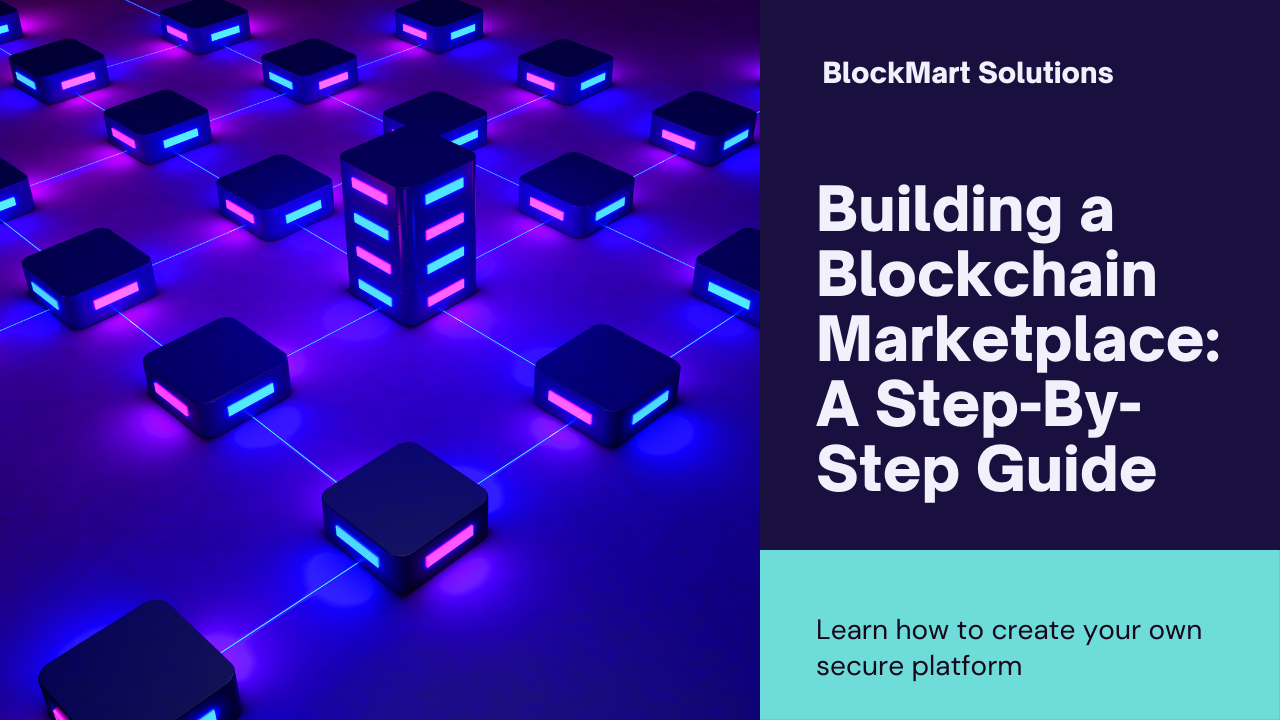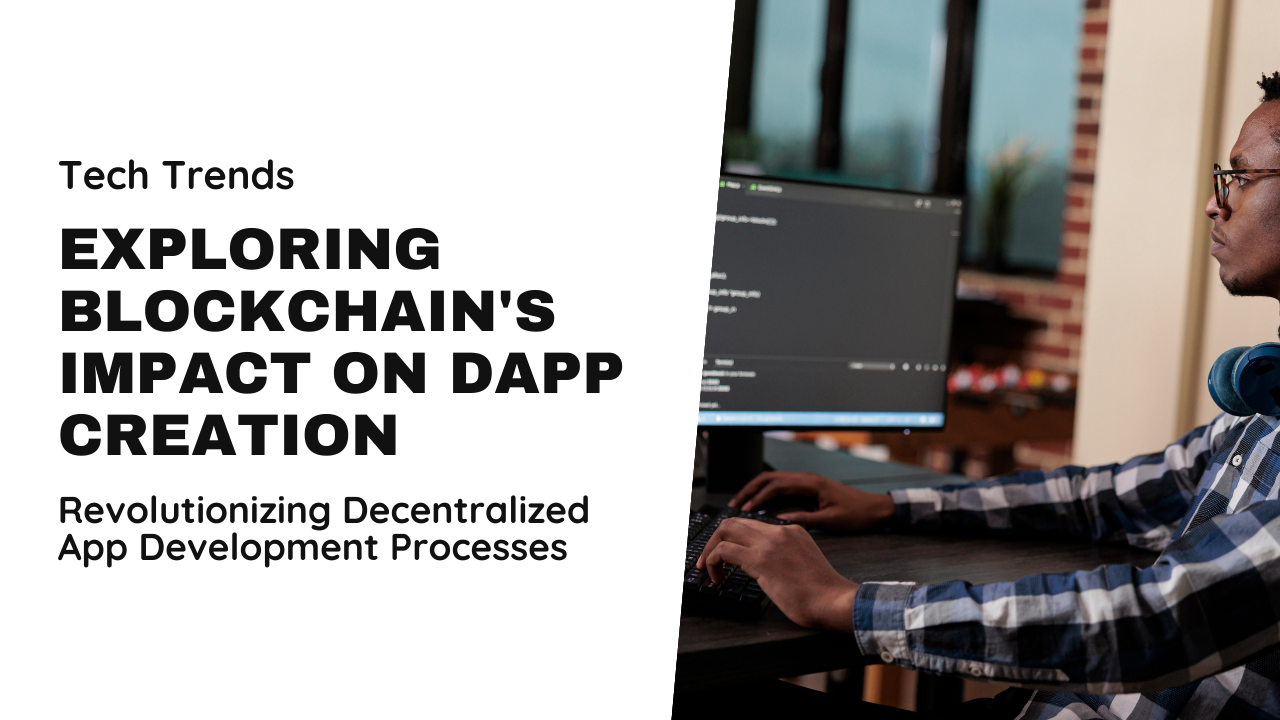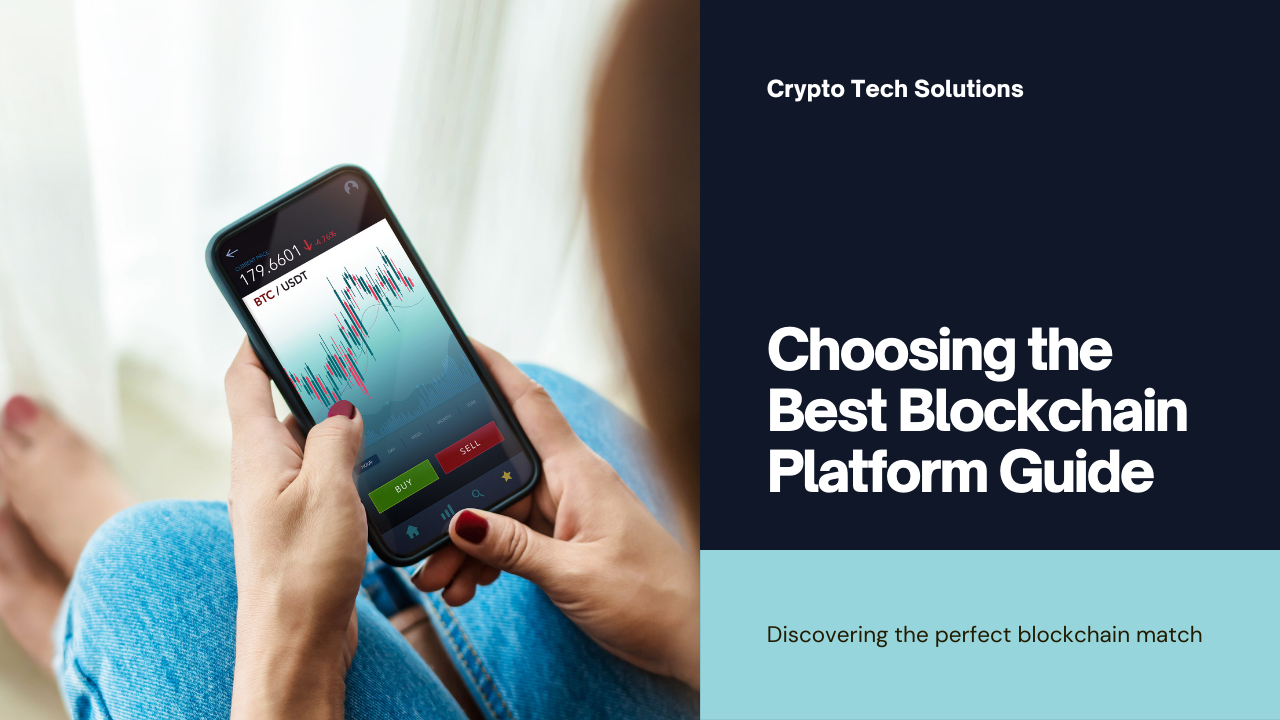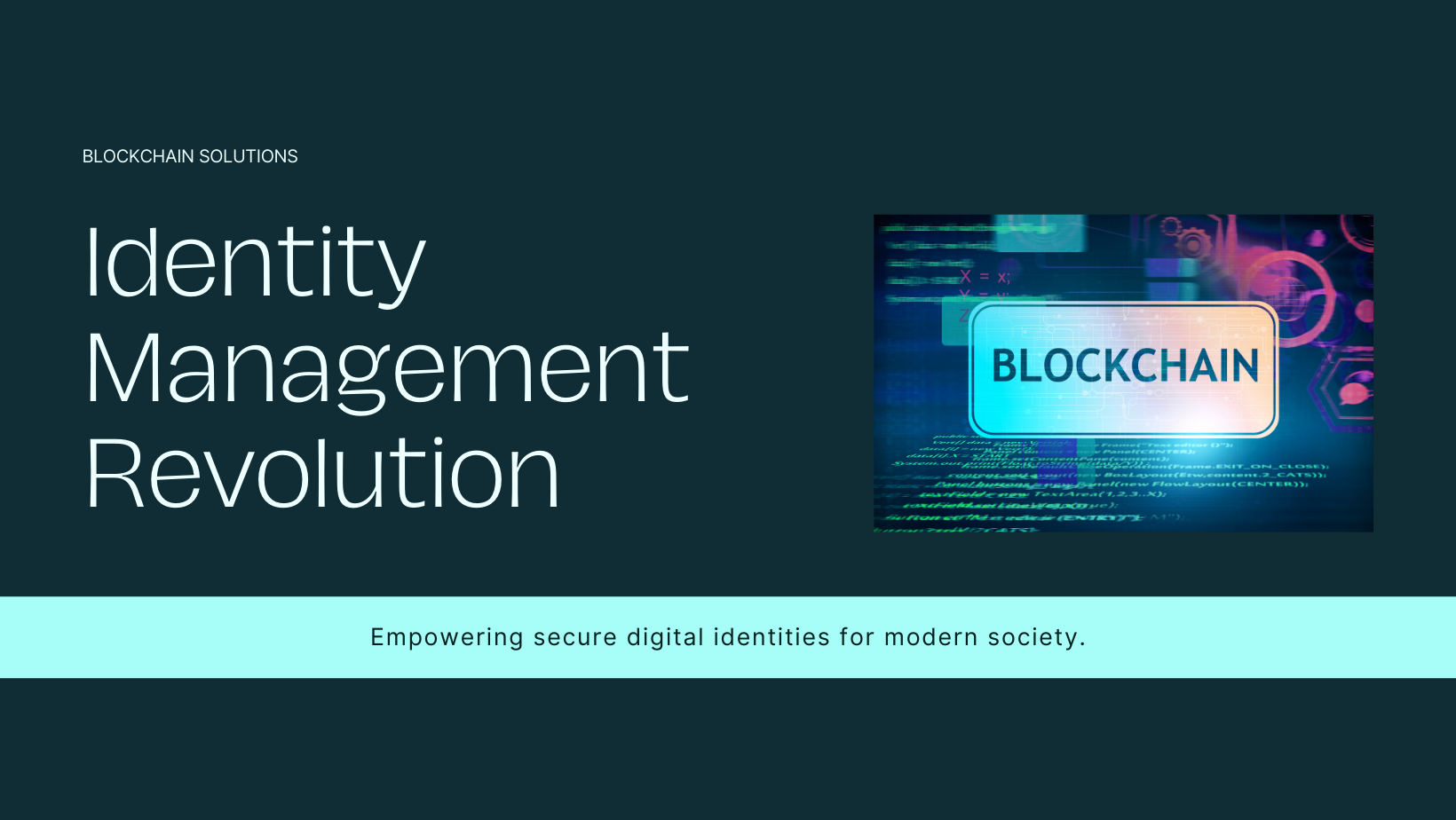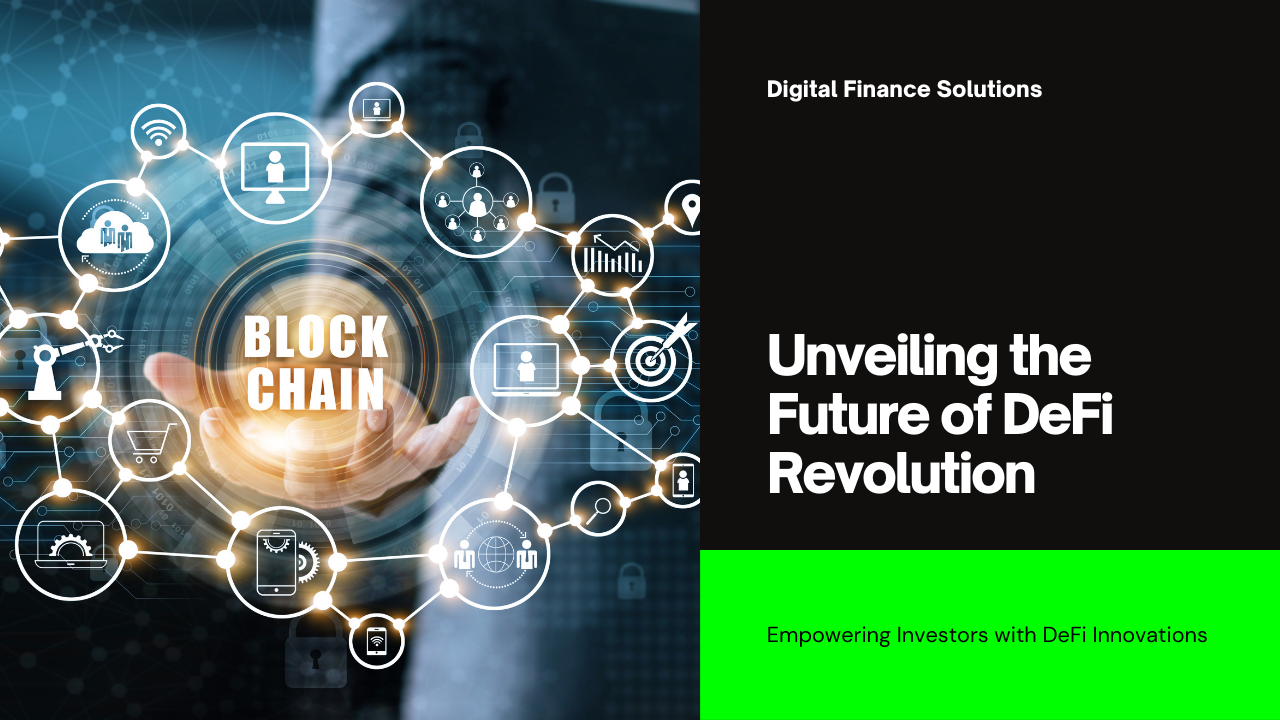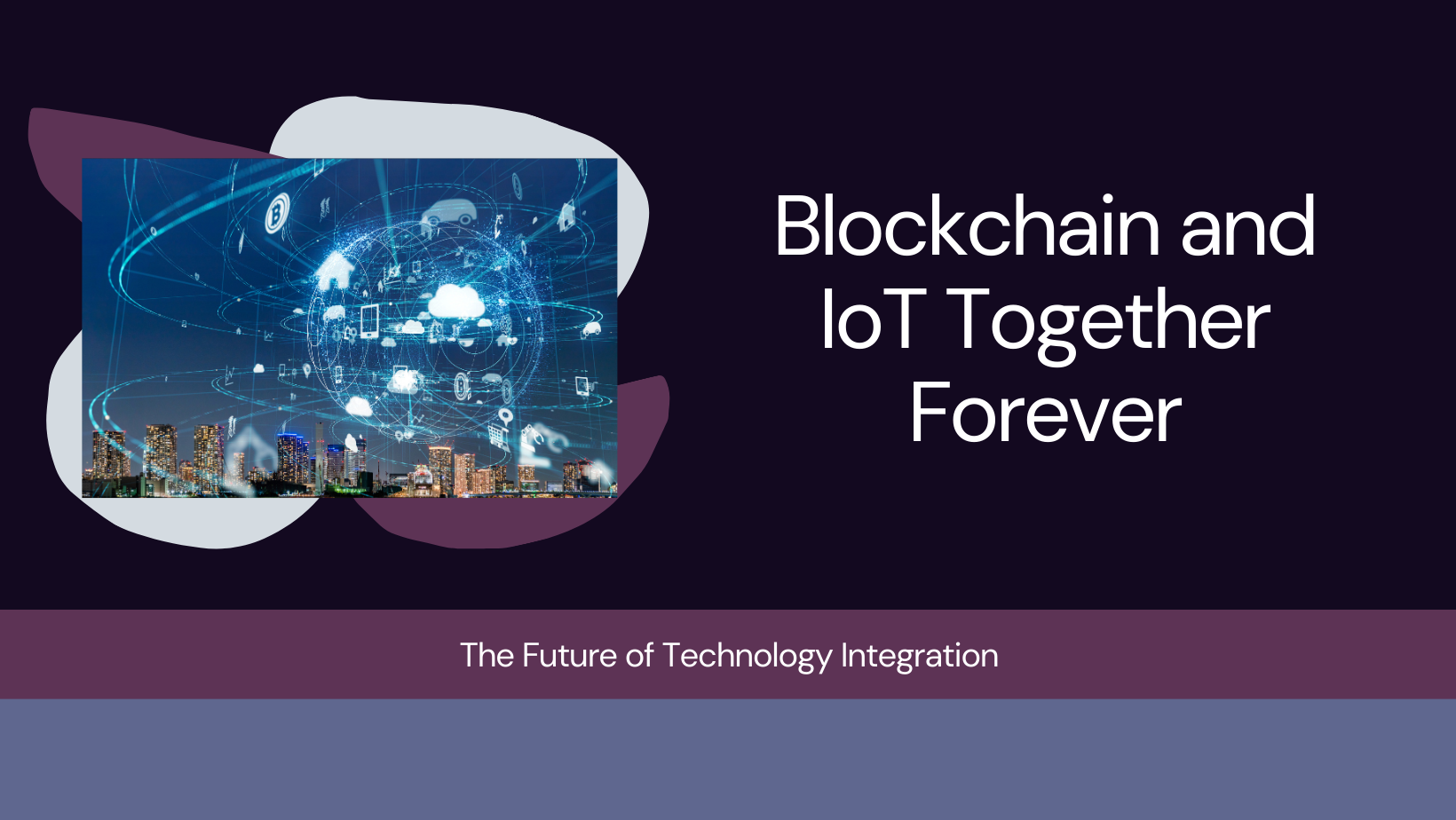Blockchain technology has revolutionized various industries by introducing decentralized marketplaces that enhance security, transparency, and efficiency. Sodio Technologies explores the process of developing a blockchain-based marketplace, covering essential steps, technologies, benefits, challenges, and best practices.
Understanding Blockchain-Based Marketplaces
Blockchain-based marketplaces leverage distributed ledger technology to facilitate peer-to-peer transactions without intermediaries. Key features include:
- Decentralization: Removes the need for centralized authorities, enabling direct interactions between buyers and sellers.
- Transparency: Offers a transparent and immutable record of transactions, enhancing trust and accountability.
- Security: Utilizes cryptographic algorithms to secure data and prevent unauthorized access or tampering.
Steps to Develop a Blockchain-Based Marketplace
1. Define the Marketplace Concept and Use Case
- Identify Target Audience: Define the market niche and understand user needs and pain points.
- Choose Blockchain Platform: Select a suitable blockchain platform (e.g., Ethereum, Binance Smart Chain) based on scalability, consensus mechanism, and smart contract capabilities.
2. Design and Develop Smart Contracts
- Smart Contract Architecture: Define the functionalities and logic of smart contracts that govern transactions and interactions within the marketplace.
- Security Audits: Conduct thorough security audits to identify and mitigate vulnerabilities in smart contract code.
3. Choose the Right Consensus Mechanism
- Consensus Protocol: Select a consensus mechanism (e.g., Proof of Stake, Proof of Authority) that aligns with the marketplace’s scalability and security requirements.
- Scalability Solutions: Implement layer-two scaling solutions (e.g., sidechains, state channels) to handle high transaction volumes efficiently.
4. Integrate User-friendly Interfaces
- User Experience (UX) Design: Develop intuitive and responsive interfaces for seamless user navigation and interaction.
- Wallet Integration: Integrate cryptocurrency wallets to facilitate secure payments and transactions on the blockchain.
5. Implement Secure Payment Gateways
- Cryptocurrency Integration: Enable support for multiple cryptocurrencies to broaden payment options for users.
- Escrow Services: Implement decentralized escrow services to secure funds and ensure fair transactions between parties.
Benefits of Blockchain-Based Marketplaces
1. Enhanced Security and Trust
- Immutable Ledger: Provides a transparent and tamper-proof record of transactions, reducing fraud and disputes.
- Cryptography: Ensures data encryption and secure authentication, protecting user privacy and sensitive information.
2. Reduced Transaction Costs and Intermediaries
- Cost Efficiency: Eliminates intermediaries and reduces transaction fees associated with traditional marketplaces.
- Faster Settlements: Automates payment processing and settlement through smart contracts, enhancing transaction speed.
3. Global Accessibility and Inclusivity
- Borderless Transactions: Facilitates cross-border transactions without currency conversion or regulatory barriers.
- Financial Inclusion: Empowers users worldwide to participate in economic activities and access financial services.
Challenges and Considerations
1. Regulatory Compliance
- Legal Frameworks: Navigate regulatory requirements and compliance standards for blockchain-based marketplaces.
- KYC/AML: Implement Know Your Customer (KYC) and Anti-Money Laundering (AML) procedures to mitigate risks and ensure legal compliance.
2. Scalability and Network Congestion
- Scalability Solutions: Address scalability challenges associated with blockchain networks to handle increasing transaction volumes.
- Network Fees: Manage fluctuating gas fees and optimize transaction costs during peak periods of network congestion.
Future Trends and Innovations
1. Integration with AI and IoT
- AI Algorithms: Enhance marketplace analytics and personalized recommendations based on user behavior and preferences.
- IoT Devices: Enable transactions and data exchange between IoT devices and blockchain-based marketplaces for automated operations.
2. Decentralized Autonomous Organizations (DAOs)
- Community Governance: Implement DAO structures to empower stakeholders with voting rights and decision-making capabilities within the marketplace.
- Tokenomics: Design incentive mechanisms and token economies to incentivize active participation and contribution from users.
Case Studies and Success Stories
Highlight successful implementations of blockchain-based marketplaces:
- OpenSea: Leading decentralized marketplace for non-fungible tokens (NFTs) built on the Ethereum blockchain.
- Rarible: NFT marketplace allowing artists and creators to tokenize and sell digital artworks directly to collectors.
Conclusion
Developing a blockchain-based marketplace offers unprecedented opportunities to innovate and disrupt traditional business models. Sodio Technologies continues to lead the charge in creating decentralized solutions that promote trust, security, and efficiency in online transactions. By leveraging blockchain’s decentralized architecture and smart contract capabilities, businesses can build scalable and inclusive marketplaces that redefine economic interactions and empower global communities.
